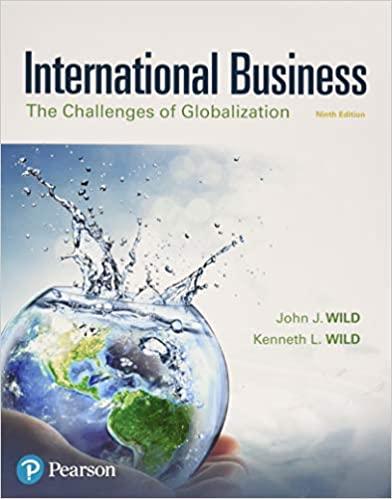Answered step by step
Verified Expert Solution
Question
1 Approved Answer
Suppose a company issued 30-year bonds 4 years ago, when the yield curve was downward sloping. Since then, long-term rates (10 years or longer) have
Suppose a company issued 30-year bonds 4 years ago, when the yield curve was downward sloping. Since then, long-term rates (10 years or longer) have remained constant although the yield curve has resumed its normal upward slope. Under such conditions, a bond refunding would almost certainly be profitable. True False 1 points QUESTION 2 The appropriate discount rate to use when analyzing a bond refunding decision is: Cost of debt After-tax cost of debt Cost of equity Weighted average cost of capital None of the above 1 points QUESTION 3 For this and the next 2 questions. The City of Kiel issued $3,000,000 of 8% coupon, 30-year, semiannual payment, tax-exempt municipal bonds 10 years ago. The bonds had 10 years of call protection, but now the bonds can be called if the city chooses to do so. The call premium would be 6% of the face amount. New 20-year, 6%, semiannual payment bonds can be sold at par, but flotation costs on this issue would be 2% of the amount of bonds sold. Note that the combined costs associated with calling the existing bonds and paying for the flotation cost of the new issue represent the total initial outlay for the refinancing. Calculate this initial cost. $453,443 $476,115 $499,921 $240,000 $551,163 None of the above 1 points QUESTION 4 Calculate the total semi-annual savings associated with the refinancing. $120,000 $90,000 $30,000 None of the above 1 points QUESTION 5 What is the net present value of the refunding? Note that cities pay no income taxes. Hence, taxes are not relevant in this analysis. $453,443 $476,115 $499,921 $240,000 $551,163 None of the above 1 points QUESTION 6 For this and the next 3 question. New York Waste (NYW) is considering refunding a $50,000,000, annual payment, 14.5% coupon, 30-year bond issue that was issued 5 years ago. It has been amortizing $3 million of flotation costs on these bonds over their 30-year life. The company could sell a new issue of 25-year bonds at an annual interest rate of 11.67% in today's market. A call premium of 14% would be required to retire the old bonds, and flotation costs on the new issue would be $3 million. The company's marginal tax rate is 40%. The new bonds would be issued when the old bonds are called. Calculate the initial cost of the refunding? $5,049,939 $5,315,725 $5,595,500 $5,890,000 $6,200,000 None of the above 1 points QUESTION 7 Calculate the after-tax annual INTEREST SAVINGS if the refunding takes place. $664,050 $699,000 $768,900 $849,000 $930,369 None of the above 1 points QUESTION 8 The amortization of flotation costs reduces taxes and thus provides an annual cash flow. Calculate the net increase or decrease in the annual flotation cost tax savings if refunding takes place. $8,000 $6,480 $7,200 $8,800 $9,680 None of the above 1 points QUESTION 9 What is the NPV if the bonds are refunded today? $1,746,987 $1,838,933 $1,935,719 $2,037,599 $3,785,322 None of the above 1 points QUESTION 10 A callable bond with an original maturity of 20 years now has 15 years to mature. The bond was originally issued at par with a coupon rate of 12% and semiannual interest payments. The bond can be called 7 years from now at a 20 percent call premium. Calculate this bond's yield-to-call and yield-to-maturity if current price is $860. YTC = 14.29%; YTM = 17.09% YTC = 17.09%; YTM = 14.29% YTC = 7.14%; YTM = 8.55% None of the above
Step by Step Solution
There are 3 Steps involved in it
Step: 1

Get Instant Access to Expert-Tailored Solutions
See step-by-step solutions with expert insights and AI powered tools for academic success
Step: 2

Step: 3

Ace Your Homework with AI
Get the answers you need in no time with our AI-driven, step-by-step assistance
Get Started


